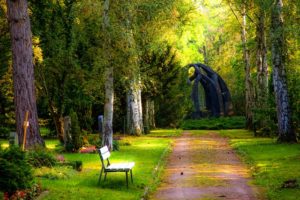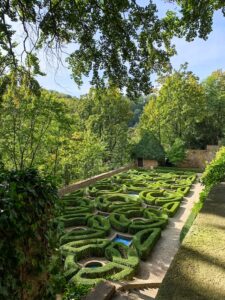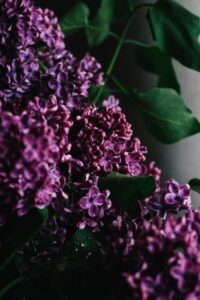This snippet has been extracted from “Northern California Gardening” by “Katherine Grace Endicott”. Fall planting is all about giving the plant a chance to put on root growth, that continues until temperatures average about 48°F/9°C which is very precisely discussed at “Emergency Tree Removal Service“
Even in Northern California we have an impressive display of autumn color from liquidambars, ginkos, and Chinese pistache trees. The sharper the sudden temperature changes from summer to fall, the more glorious the display.
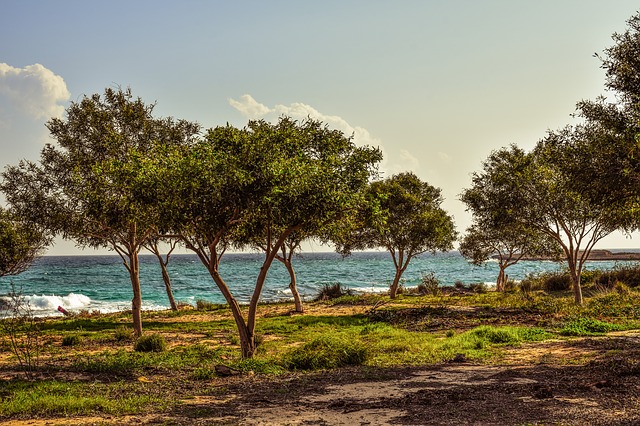
As soon as you note the changing of leaf color in the neighbourhood trees, it is time to head to the nursery to select trees to plant for fall leaf color varies from tree to tree even in exactly the same variety. The best way to choose a young tree is to see its leaf color in the nursery before you buy. Combine trees to get pleasing autumn effects.
My favourite for drought-resistant fall color is a vine. Vitis californica ‘Roger’s Red’ is a native grapevine selected by Roger Raiche, a horticulturist at the University of California, in 1983 at Palmer Creek in Sonoma. It is fast growing and, at least in my garden, disease free. The fall color is glorious; its red leaves are as vivid as a stained-glass window. As the leaves age, they turn a deeper red, like old Moroccan leather.
Liquidambar trees come in fall color shades of red, orange, burgundy, and gold. Liquidambars have maple like leaves and interesting spiny brown balls (actually fruits) that dangle from the tree before dropping to the ground. The Saratoga Horticultural foundation, a group of nurserymen who formed a foundation to develop spectacular flora for California, has produced several wonderful liquidambar cultivars (‘Burgundy,’ ‘Festival,’ and ‘Palo Alto’) that are widely sold in Northern California nurseries. These trees provide dependable fall color even in mild coastal climates.
In Central Valley and mountain areas, the Chinese pistache tree (Pistacia Chinensis) will dazzle you with brilliant red shades. Some people consider the sour gum (Nyssa silvatica), to have the finest fall display. It turns a rusty red intermingled with apricot golds, and it has the advantage of growing well even in lean soil.
For the shimmer of yellow, consider the ginkgo tree cultivar Ginkgo biloba ‘Autumn Gold’, or the native big leaf maple (Acer macrophyllum), or a shrub such as the western service berry (Amelanchier alnifolia).
Other excellent choices include the flowering trees such as the crape myrtle (Lagerstroemia indica); and the flowering plum (Prunusblireiana). Among the flowering shrubs with fall color are the snowball bush (Viburnum opulus ‘Sterile’); the oak leaf hydrangea (Hydrangea quercifolia), many varieties of cotoneaster, and deciduous azaleas. Not be overlooked are Japanese maples (Acer palmatum; heavenly bamboo (Nandinadomestica), and the Lombardy poplar (Populusnigra ‘Italica’).
Fall Color Techniques
Plant trees and shrubs in full sun so that they will be subject to the sharpest temperature changes. In late summer, reduce or stop watering those plants that provide brilliant fall color. Watering prolongs the summer growing season; you want the plant to assume its autumn habits as soon as the temperature drops.
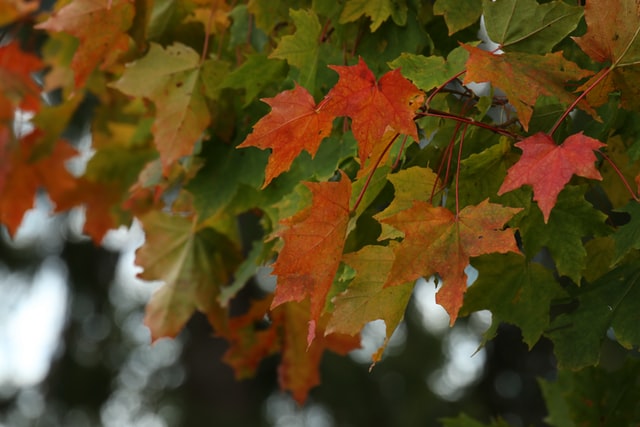
Fall Planting
Fall is the best time to plant trees and shrubs. It is usually better to buy a tree in a smaller container than in a larger container; the root system of the smaller tree will adapt better to new soil than will that of an older tree. After a few years, the smaller tree will have usually grown taller than the originally larger tree. The exceptions will be slow-growing trees.
To plant a tree
1. Gently remove the tree from the container and plant it in a hole at least as big as the container. Leave the soil directly beneath the tree undisturbed. Use amendments sparingly or not at all.
2. Stake the tree only in areas of forceful wind.
3. Water well.
Note: Young trees often die from crown rot-a disease caused by planting the tree too low or by allowing soil to mound up around the trunk. The trunk is meant to be exposed to air. When soil piles up around the trunk, it rots the bark in a circle around the trunk, and as the tree is no longer able to conduct moisture and nutrients to the branches and leaves, it soon dies.
Continue reading on Splitting and Stacking Firewood
